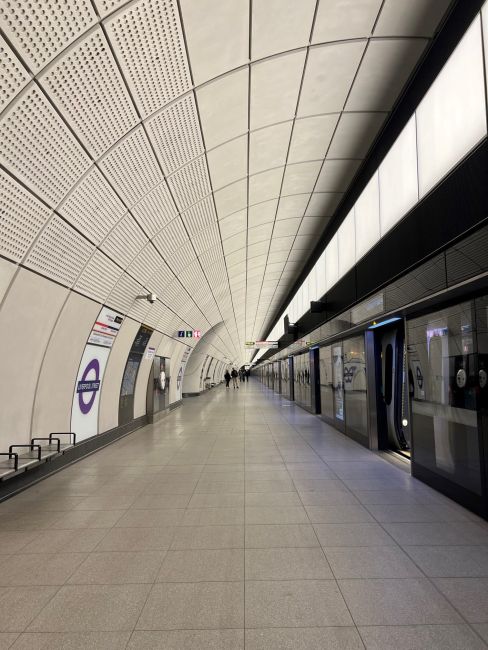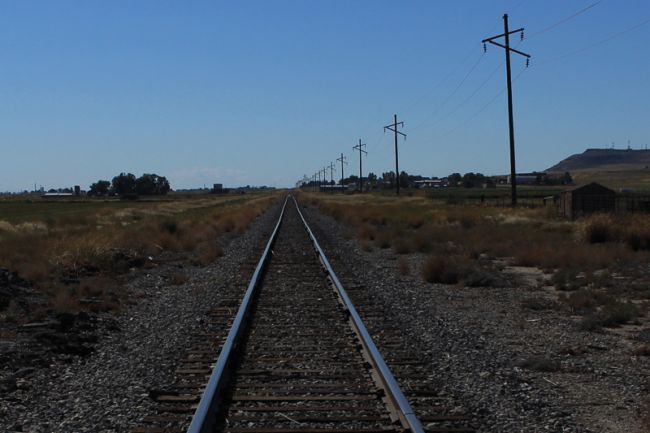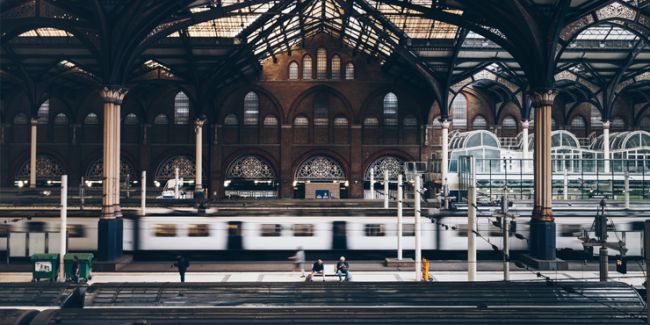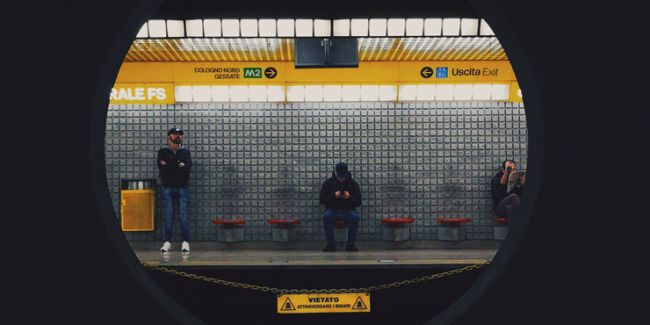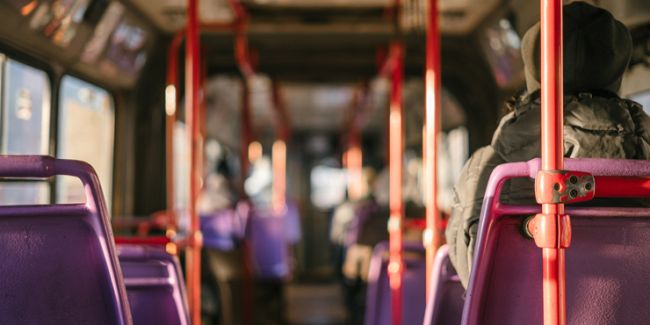Transforming the future without damaging the present
The transformation of transit infrastructure is happening across the US, even creating opportunities to develop new gateways.
The transformation of transit infrastructure is happening across the US, even creating opportunities to develop new gateways and multimodal interchanges. But how do you create a step change in passenger experience, neighborhood benefit and operational resilience without damaging the current?
2016 has seen multiple announcements about the rejuvenation of major transit and railroad hubs in New York City (including the creation of Moynihan), Baltimore, Chicago, Washington DC and Philadelphia. These developments will be once-in-a-generation opportunities to create civic amenities for five iconic US cities. But how do you rebuild vital transportation infrastructure without damaging rider experience, neighborhood benefit and operational resilience?
The challenge is a big and tangible one. From lost ticket revenues through to community anger and direct disruption, the impact of poorly delivered investment in transportation infrastructure can be catastrophic for the delivery organizations and their political and financial supporters.
What then can be done? The mantras of "going into it with your eyes wide open", "preparation is the key to success", and "rapid learning is the key to survival" may sound trite but are borne out as critical success factors.
“Eyes wide open”
Understanding the value – operational, economic, financial and reputational – of the railroad station/transit hub/highway junction will provide a clearer case for investing in alternative transportation strategies, construction methodologies or program phasing. Simply promising a “better future” will not remove rider and neighbor needs and wants. Better then to understand them thoroughly, prioritize their delivery and communicate fully.
“Preparation is key”
True preparation is building inherent strength and resilience into all the organizations involved. Ensuring staff capability and equipping them with the tools to deliver is necessary but not sufficient. Individual and collective insight on what is important, and the sense of mission, will empower appropriate rapid and holistic decision-making.
Minute-by-minute decisions will impact thousands of commuters just as millions of dollars are laid in concrete and steel. Equilibrium of understanding must exist between immediate business and transportation outcomes and ultimate project delivery.
“Learning to survive”
Monitoring, listening, engaging and testing need to be continuous through the project’s delivery. Amending temporary layouts, information provision and retail to respond to unanticipated reactions, and seasonal impacts like adverse weather or holiday shopping is required. It’s an opportunity to minimize passenger and neighbor disruption and to help support a better final station/hub/junction, without the baggage of a newspaper headline calling attention to failures during construction.
So what does this mean for America’s renaissance of stations, and I’d argue, for its public transit and highway networks in major cities? It means a cold, hard calculated assessment of the impacts, conservatism as to the ambition over what can be achieved, a ruthlessness to simulate and pilot different scenarios for their impacts, and a creativity to embrace technical, commercial and behavioral tactics to develop optimal solutions. Once-in-a-generation reconstruction is worth paying for but not at any price.






